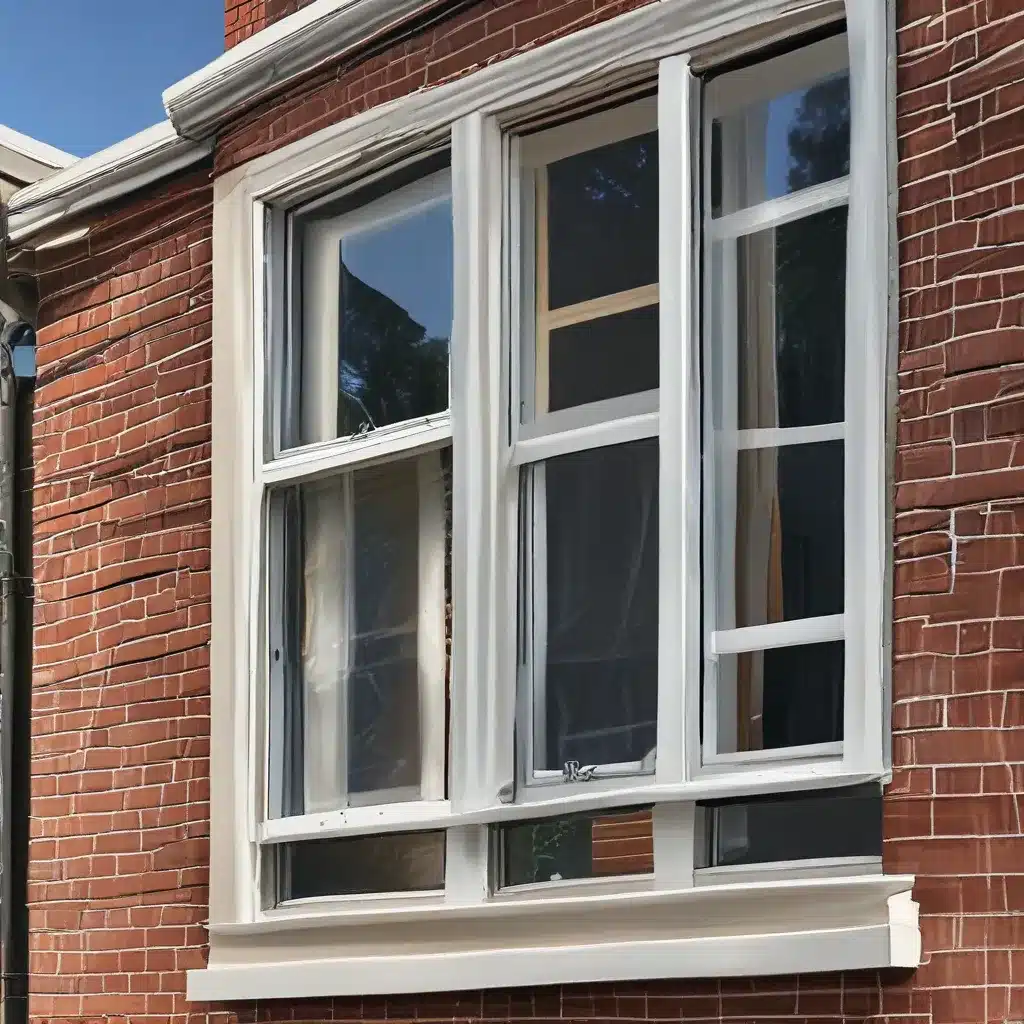Measure Twice, Cut Once
As the old carpenter’s adage goes, “Measure twice, cut once.” This sage advice holds especially true when it comes to measuring windows for custom window treatments. Getting the dimensions right from the start can mean the difference between a perfect fit and a frustrating, ill-fitting installation.
I learned this lesson the hard way when I decided to tackle a DIY window treatment project for my own home. Armed with a tape measure and a head full of ambition, I set out to measure the windows in my living room, determined to find the ideal curtains to complement my decor. But after carefully noting the width and height of each opening, I ended up with a selection of curtain panels that were a good inch too short on one window and comically wide on another. Needless to say, my curtain-hanging endeavor quickly turned into a curtain-related conundrum.
Luckily, I was able to return the ill-fitting window treatments and start fresh with a more methodical approach. And let me tell you, taking the time to measure properly made all the difference. The new curtains hung beautifully, framing the windows and elevating the entire space. It was a valuable lesson that I’ll carry with me for any future window treatment projects.
Measuring for Window Treatments: The Basics
Whether you’re outfitting your home with brand-new custom window treatments or replacing existing ones, precise measurements are key. Here are the essential steps to ensure you get it right:
As outlined by The Home Depot, the first step is to measure the width of your window. This means taking the measurement from the innermost point of the left side to the innermost point of the right side. Be sure to measure in three places – the top, middle, and bottom – and record the smallest of the three measurements.
Next, measure the height of your window. Again, take readings from the top, middle, and bottom, and note the smallest distance from the windowsill to the top of the window frame.
If you’re installing a new curtain rod, you’ll also need to measure the distance between where you’d like the rod to be mounted. This is known as the “rod pocket” measurement. As Pella recommends, add 4 to 6 inches to each side of the window frame to determine the appropriate rod length.
Measuring Specialty Windows
Of course, not all windows conform to a standard rectangular shape. Pella offers guidance for measuring more unique window configurations:
Arched Windows
For arched windows, measure the width at the widest point, then measure the height from the windowsill to the highest point of the arch.
Angled Windows
To measure angled windows, take the width at the top, middle, and bottom, then use the smallest of the three measurements. For the height, measure from the windowsill to the top of the window frame.
Bay and Bow Windows
Bay and bow windows require a bit more legwork. Measure the width of each individual section, then add those measurements together to get the total width. For the height, measure from the windowsill to the top of the window frame.
No matter the shape or size of your windows, the key is to take multiple measurements and record the smallest values. This ensures your custom window treatments will fit like a glove. And of course, don’t forget to measure the distance between where you’d like to mount the curtain rod – that’s an essential detail that’s easy to overlook.
Measuring Tips and Tricks
Now that you know the basics, let me share a few additional tips to help ensure a smooth window treatment installation:
- Use a sturdy, retractable metal tape measure for the most accurate readings. Cloth measuring tapes can stretch and provide unreliable results.
- Take measurements with the window closed to get the most precise dimensions.
- If you’re measuring for blinds or shades, be sure to measure the inside of the window frame, not the outside.
- For curtains, measure the outside of the window frame to determine the appropriate rod length.
- Don’t forget to account for any obstructions, like window cranks or trim, that could impact where you mount the curtain rod.
By following these guidelines and paying close attention to the details, you can rest assured your custom window treatments will fit to perfection. And who knows – maybe you’ll even avoid the curtain conundrum I faced in my own home!
Ready to get started on your window treatment project? Head over to Home Curtains Philadelphia to browse our selection of high-quality, custom-made options. With the right measurements and the perfect window treatments, you can transform any room in your home.



